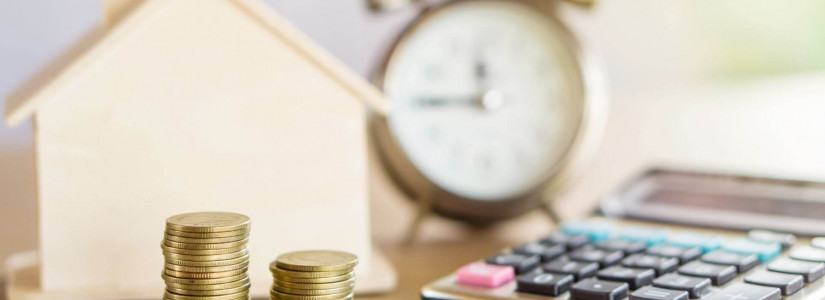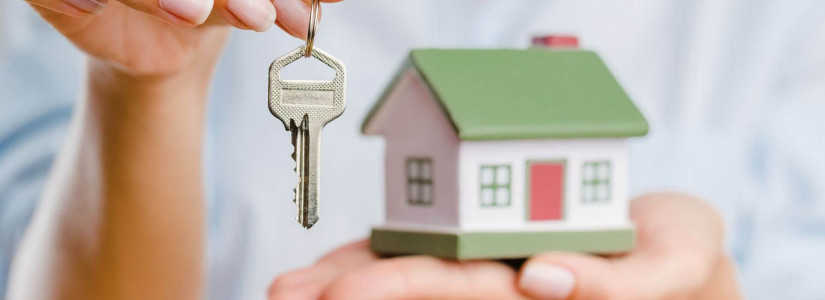8 Ways To Save for a Down Payment
Everybody knows that buying a house is expensive. In addition to the mortgage, there are other associated costs, like closing costs, home insurance, and down payment. The beauty is that many financial institutions offer products that can help you save for a down payment on a new home. However, it's advisable to save something to enable you to avoid borrowing too much money. Here are eight tips to help you save for payment:
1. Make a Budget and Adhere to It
If you don't know how much money you have coming in and going out, you will quickly find yourself in debt. Sometimes you might have to make adjustments, but that's okay. The important thing is to be aware of your spending and ensure you're not exceeding your means.
2. Use Cash Instead of Credit
It’s a great way to stay mindful of your spending. You can physically see the money leaving your hands when you use cash. It makes it harder to overspend or make impulse purchases. Credit cards can be tempting because it’s easy to swipe and not think about the consequences until the bill arrives. If you only use cash, you’ll be more aware of your spending and less likely to overdo it.
3. Invest in Good Financial Planning Software
Financial planning software helps you track your income and expenses, set savings goals, and create a budget. They can also offer tips on how to save money and cut expenses. Using financial planning software, you can make saving for a down payment much simpler and more efficient. In addition, you'll be in a better position to manage your finances once you've purchased your home. For example, Mint is a free app that can help track your spending and create a budget.
4. Have a Specific Savings Goal in Mind
Whether you're saving for a down payment on a house, a new car, or your child's education, it's important to have a specific goal in mind. It’ll help you stay motivated to save and make it easier to determine how much you need to set aside each month.
5. Invest in a High-Yield Savings Account
Many people opt for high-yield savings accounts to save for a down payment due to attractive interest rates. In addition, most high-yield savings accounts have no monthly fees so you can keep more of your money in the account.
However, before opening a high-yield savings account, shop around and compare interest rates. Some banks offer promotional rates that only last for a limited time, so ensure you get the best deal possible. Once you've found the right account, start making regular deposits and watching your down payment grow.
6. Consider a Certificate of Deposit
A CD is a type of savings account that offers a fixed interest rate for a set period. CDs are FDIC-insured, meaning your money remains protected in case of a bank failure. CDs require a minimum deposit, and you may be charged a penalty if you withdraw your money before the end of the term. However, CDs can offer a higher rate of return than a traditional savings account, making them an attractive option for savers with a specific goal in mind.
7. Start Small and Increase Your Savings Over Time
Saving small amounts of money each month can help you build your savings over time. Unfortunately, people struggle to save money because they think they can’t afford to save. The thought process keeps people in the cycle of never having any savings. The first step to saving money is to break this thought process and convince yourself that you can save. Start with the little you have and increase it over time because $10 a week can turn into $520 in a year.
8. Make Saving Automatic
First, figure out how much you need to save. It’ll help you set up a specific savings goal. Next, set up automatic transfers from your checking account to your savings account. You can do this weekly or monthly, depending on what works best for you. Ensure you plan for what to do with the money you are saving. It could include investing in a high-interest savings account or using it to pay off debt.
Saving for a down payment on a house is doable with some planning and discipline. By following the tips above, you can make the process much easier. Remember to start early, be patient, and stay focused on your goal. Talk with experts and financial advisors to get started on the right foot.











